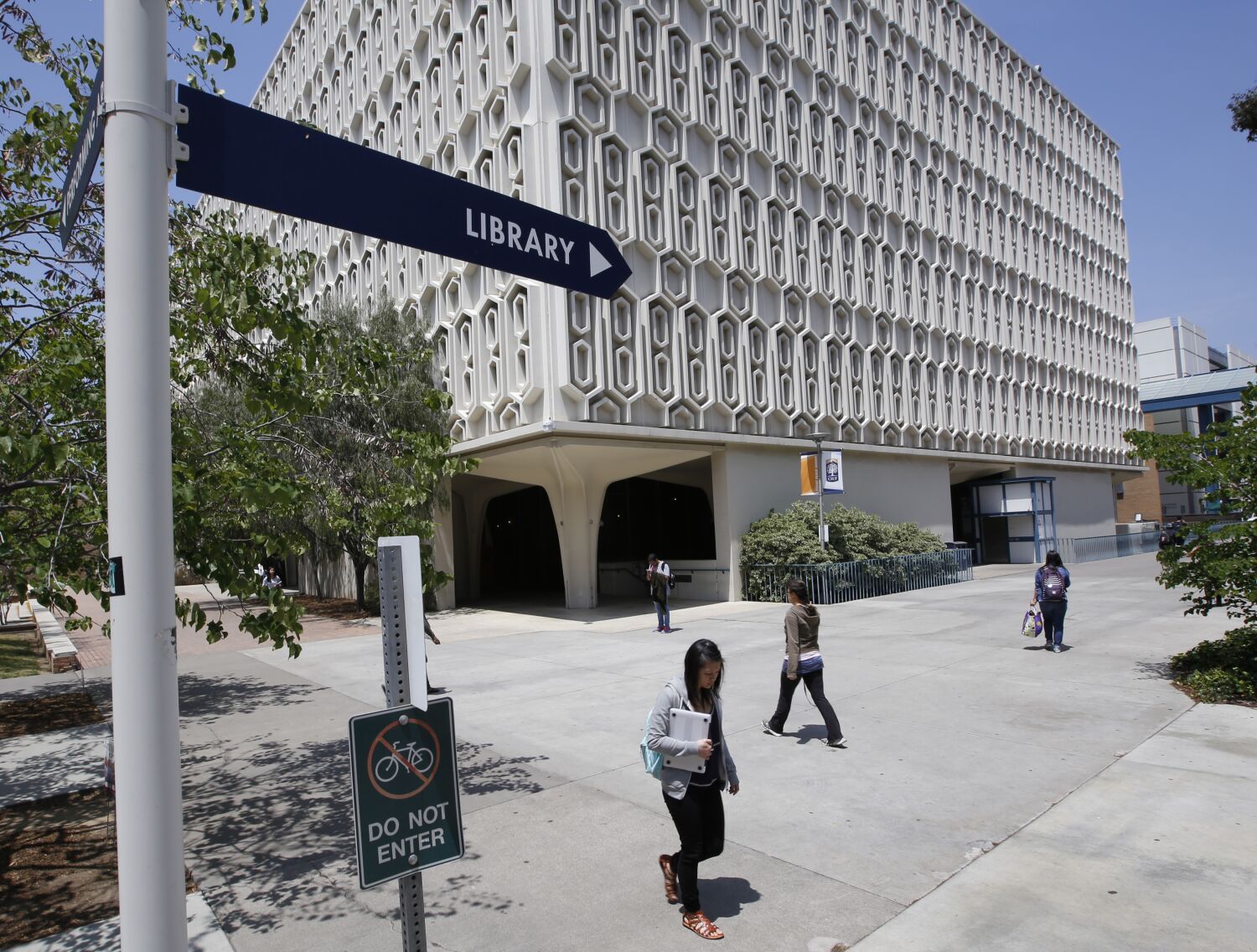Global Courant
California State University officials expect tuition increases of hundreds of dollars per student as the 23-campus system tries to close a funding gap of nearly $1.5 billion.
The tuition proposal, submitted to the California State Student Assn. outlined three models last month, with the raise for each student ranging from $174 to $462 in the first year and bringing in a new raise each subsequent year.
The $1.5 billion shortfall was detailed in a 70-page report presented to the university’s Board of Trustees. In the 2021-2022 school year, there was a 14% difference between what the system spent and what it actually cost to train students, pay salaries and keep campuses running, the report said.
Officials say that despite the proposed increases in tuition fees, which would begin in the 2024-2025 school year, a Cal State education will remain affordable — a key value for a system that prides itself on being an agent of social mobility.
But for students who are already struggling to make ends meet, even a small raise can be a significant burden.
Nearly half of the system’s students receive Pell Grants — federal money awarded to students who have exceptional financial need — and nearly a third are the first in their families to attend college.
The current undergraduate tuition is $5,742 per year, which has remained largely the same for the past decade and is among the lowest in the country according to the system.
Under the proposal, about 60% of CSU students would still have their full tuition covered by financial aid.
Cal State trustees are expected to vote in the fall on the proposed tuition increases, which are expected to generate $333 million to $782 million in revenue by 2028-2029.
“This is a lot like climate change,” said Julia Lopez, a member of the CSU Board of Trustees who helped lead the team working on the report. “If we don’t heed the warning signs now, we’ll end up in a world of pain later.”
Miya Haley, a spokesperson for the California State Student Assn., said the organization, which represents the system’s 460,000 students, is still reviewing the proposal and is gathering student input.
“While we cannot immediately comment on the proposal, the CSSA remains committed to providing an affordable and accessible CSU for all students,” Haley said in a statement.
One of the proposed options has slightly different increases for incoming and continuing students. In 2024-2025, new students would experience a 5% increase over what they would have been paid the previous academic year, equating to $288 more.
Continuing students would get a 3% raise, or $174 for each student. After that, there would be a further increase of 3% each year.
Under a second option, tuition fees for all students would increase by 6% each year. Each student in 2024-2025 would pay an additional $342. By 2028-2029, full-time students would pay $7,682 in annual tuition.
The third option calls for an 8% annual raise for all students. For students in 2024-2025, that would mean a $462 increase. Full-time per 2028-2029 undergraduate students would pay $8,444 per year.
At the board meeting in May, Lieutenant Governor Eleni Kounalakis urged the other board members not to burden students with higher fees.
“Making any decision, especially about the cost of attendance, should include a thorough understanding of what it will do to the student body, what it will do to our graduation rates… what it will do for accessibility and opportunity that are offered to our students’, she says.
Since the mid-1990s, the state’s share of CSU’s operating budget has fallen from 80% to 60%. The state has fully funded CSU’s annual budget applications only once in the past decade, as costs rose due to inflation.
The state has taken steps to help the system in recent years: Gov. Gavin Newsom has pledged a 5% annual increase in basic funding through 2026-2027 in exchange for commitments to expand access and equity.
But that wouldn’t reduce the tuition increase and would still leave a huge funding shortfall, officials say.
The proposal to the sorority explained what was at stake if the system doesn’t find a way to meet its needs — a “persistently underfunded” system could lead to fewer course offerings, fewer student services, and a longer timeline to graduation.
The system is already seriously behind in infrastructure needs and has faced intense pressure from unions in recent months to raise wages for mechanics, plumbers, electricians and others who keep the buildings running.








